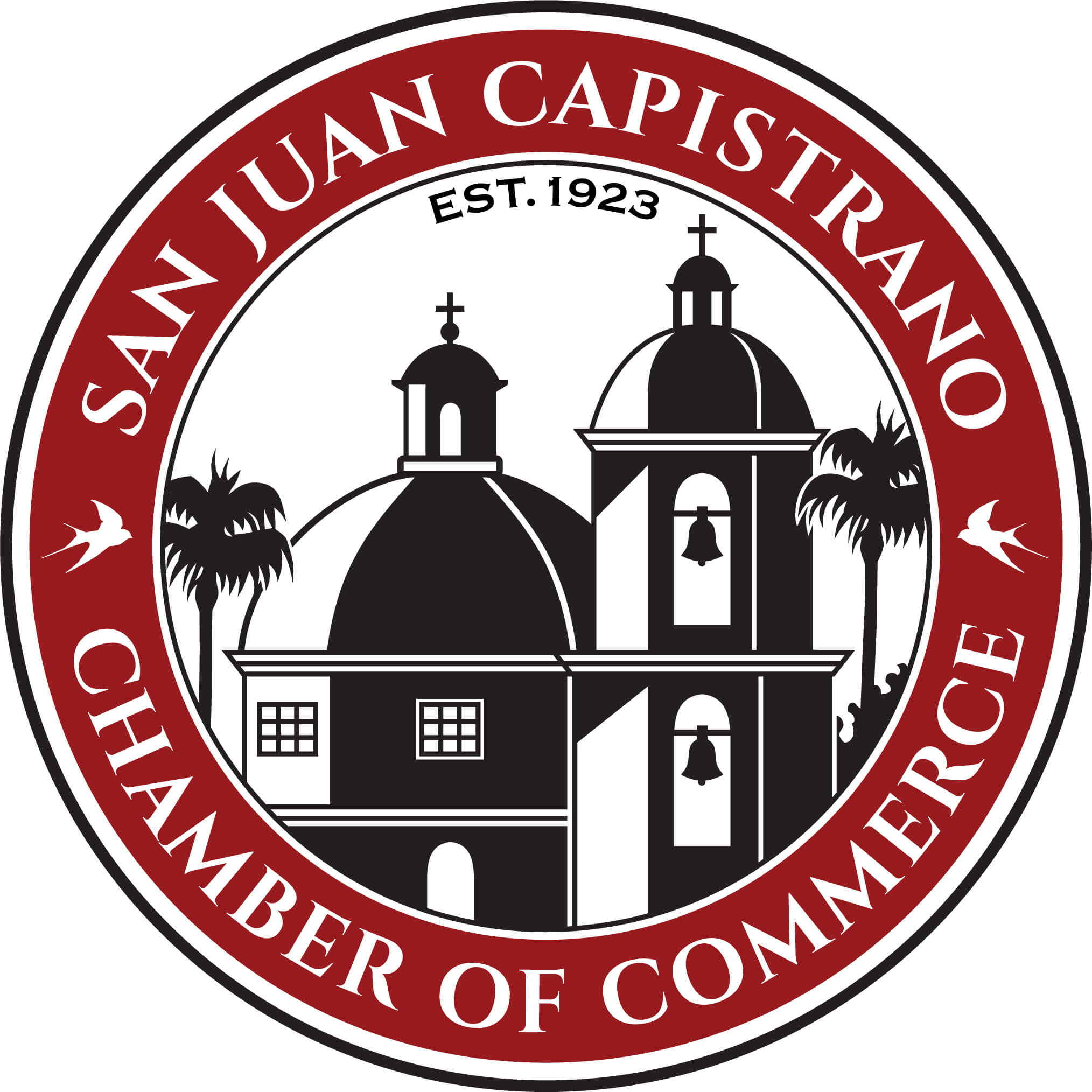TL;DR
Clients today value transparency, reliability, and digital professionalism over polished marketing claims. Building trust online requires consistent communication, visible proof of integrity, and frictionless experiences—from clear storytelling to secure digital transactions.
In a world where digital impressions often precede handshakes, every click becomes a test of credibility. For local businesses—from realtors to restaurateurs in San Juan Capistrano—trust is no longer built solely through face-to-face rapport. It’s established through signals: website tone, reviews, digital security, and the ease of doing business online.
Modern Trust Builders
|
Element |
Description |
Example of Best Practice |
|
Transparency |
Show pricing, policies, and company info clearly |
Include FAQs and staff bios |
|
Authenticity |
Use real stories, not stock phrases |
Share behind-the-scenes posts |
|
Consistency |
Align online voice with real-world service |
Same tone across email, social, and site |
|
Security |
Use verified tools and encrypted transactions |
SSL certificates and trusted payment gateways |
|
Responsiveness |
Fast replies show reliability |
Use chat widgets or auto-confirmations |
How-To: The Trust Blueprint
Standardize Communication – Align tone, email signatures, and follow-up timing.
Show the Faces Behind the Brand – Add photos of your staff and community involvement.
Collect and Display Reviews – Encourage feedback on Yelp, Trustpilot, and Google Business.
Adopt a Secure signature tool – Let clients sign agreements digitally with encryption and audit trails.
Offer Transparency in Data Use – Use clear privacy notices and update consent policies.
Respond Quickly to Issues – A fast, empathetic fix builds loyalty faster than a perfect record.
Keep Design Clean and Current – Outdated websites suggest outdated operations.
FAQ: Trust Questions Every Business Should Answer
Q1: How do I show professionalism online without seeming corporate?
Use a conversational tone, but maintain clarity. Consider tools like Grammarly for tone consistency.
Q2: Are social media followers still a credibility factor?
Only if engagement is genuine. Focus on community interactions rather than vanity metrics.
Q3: How can I reassure clients about payment safety?
Use secure payment processors such as Stripe or Square, and clearly display trust badges.
Q4: What builds trust faster—speed or transparency?
Transparency. Clients forgive slow replies more than unclear policies.
Q5: Should I display certifications or licenses?
Absolutely. Link them to verifiable sources like Better Business Bureau listings.
Digital Integrity in Action
Trust often comes down to how safely and conveniently clients can transact. Using a reliable online signature tool allows clients to review and sign contracts from any device, with encryption ensuring confidentiality. The inclusion of audit trails and legal compliance builds confidence while reducing friction—clients recognize the effort to protect their data and time.
Actions That Build Macro Trust
-
Use storytelling tools like Loom for personalized client walkthroughs
-
Add a “Values” section to your website
-
Publish a short “Founder’s Letter” explaining your mission
-
Post community involvement updates on LinkedIn
-
Encourage employees to share testimonials about your company culture
Reflection
In small towns and big cities alike, reputation scales digitally. One broken link or unanswered email can undo months of goodwill. Consistency—quiet, steady, verifiable—is the real differentiator.
Credibility isn’t declared—it’s demonstrated. Every interaction, form, and follow-up communicates who you are. For Chamber members, trust remains the truest form of marketing: local, lasting, and earned.
